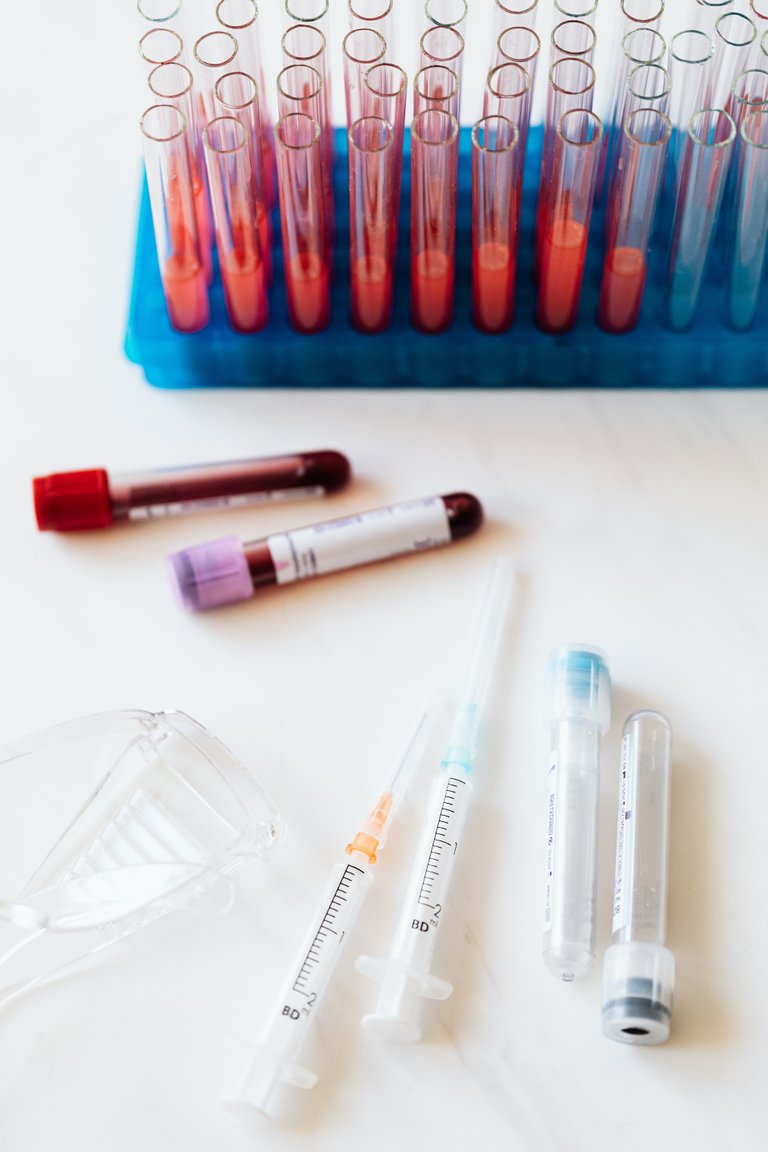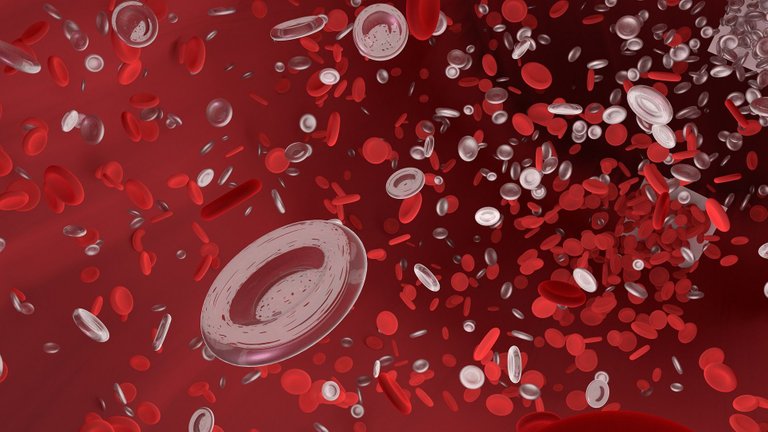Hemochromatosis characteristic and treatment.
Hello Hive community, today I want to talk about hemochromatosis, a rather rare condition.
Hemochromatosis is a genetic disorder characterized by excessive accumulation of iron in the body. This can cause damage to various organs, including the liver, heart, pancreas, and joints.
The underlying cause of Hemochromatosis is a mutation in the HFE gene, which regulates iron absorption in the intestine. The two most common types of mutations in the HFE gene are C282Y and H63D. The presence of both mutations in an individual significantly increases the risk of developing this disease.
Most people with this condition have no symptoms in their first years of life, but over time, excess iron can cause damage to various organs. Symptoms can include tiredness, abdominal pain, weight loss, joint pain, and yellowish skin.
The diagnosis of Hemochromatosis is based on a combination of blood tests, organ imaging, and genetic testing. Elevated iron levels in the blood, elevated liver transaminase levels, and an MRI of the liver showing iron buildup are common findings in Hemochromatosis.
This condition can progress slowly, but without treatment, it can cause irreversible organ damage and increase the risk of serious complications such as cirrhosis, liver failure, diabetes, and liver cancer.
Regular monitoring of iron levels in the blood is essential to prevent complications. Patients with Hemochromatosis must follow a schedule of regular blood draws (phlebotomy) to reduce iron levels in the body. The frequency of phlebotomies will depend on the iron levels in the blood and the severity of organ damage.
In addition to regular blood draws, a low-iron diet is recommended to reduce iron absorption in the intestine. This includes limiting the consumption of red meat and iron-rich foods, as well as avoiding the use of iron supplements.
In severe cases of Hemochromatosis, where organ damage is irreversible, a liver transplant may be recommended. Liver transplantation is the only curative treatment for Hemochromatosis. However, it is a complex surgical procedure that is only recommended in extreme cases.
Hemochromatosis management also includes regular monitoring of liver transaminase levels and imaging studies to assess organ damage. Patients should also be regularly evaluated by a physician specializing in the management of Hemochromatosis.
Thanks for reading me!
Informative References:
• Hemocromatosis Descripción general
Text translated with Google Translate.
Banner created in Canva.

Hemocromatosis características y tratamiento.
Hola comunidad de Hive hoy quiero hablarles de la hemocromatosis una condición bastante rara .
La Hemocromatosis es un trastorno genético que se caracteriza por la acumulación excesiva de hierro en el cuerpo. Esto puede causar daño a varios órganos, incluyendo el hígado, el corazón, el páncreas y las articulaciones.
La causa subyacente de la Hemocromatosis es una mutación en el gen HFE, que regula la absorción de hierro en el intestino. Los dos tipos más comunes de mutaciones en el gen HFE son C282Y y H63D. La presencia de ambas mutaciones en un individuo aumenta significativamente el riesgo de desarrollar esta enfermedad .
La mayoría de las personas con esta condición no presentan síntomas en sus primeros años de vida, pero con el tiempo, el exceso de hierro puede causar daño en varios órganos. Los síntomas pueden incluir cansancio, dolor abdominal, pérdida de peso, dolor en las articulaciones y piel amarillenta.
El diagnóstico de la Hemocromatosis se basa en una combinación de análisis de sangre, imágenes de órganos y pruebas genéticas. Los niveles elevados de hierro en la sangre, una elevación de los niveles de transaminasas hepáticas y una resonancia magnética del hígado que muestre una acumulación de hierro son hallazgos comunes en la Hemocromatosis.
Esta condicion puede progresar lentamente, pero sin tratamiento, puede causar daño irreversible a los órganos y aumentar el riesgo de complicaciones graves como cirrosis, insuficiencia hepática, diabetes y cáncer de hígado.
El control regular de los niveles de hierro en la sangre es esencial para prevenir complicaciones. Los pacientes con Hemocromatosis deben seguir un programa de extracción regular de sangre (flebotomía) para reducir los niveles de hierro en el cuerpo. La frecuencia de las flebotomías dependerá de los niveles de hierro en la sangre y de la gravedad del daño orgánico.
Además de la extracción regular de sangre, se recomienda una dieta baja en hierro para reducir la absorción de hierro en el intestino. Esto incluye limitar el consumo de carne roja y alimentos ricos en hierro, así como evitar el uso de suplementos de hierro.
En casos graves de Hemocromatosis, donde el daño orgánico es irreversible, se puede recomendar un trasplante de hígado. El trasplante de hígado es el único tratamiento curativo para la Hemocromatosis. Sin embargo, es un procedimiento quirúrgico complejo que solo se recomienda en casos extremos.
El manejo de la Hemocromatosis también incluye el monitoreo regular de los niveles de transaminasas hepáticas y la realización de estudios de imagen para evaluar el daño orgánico. Los pacientes también deben ser evaluados regularmente por un médico especialista en el manejo de la Hemocromatosis.
Gracias por leerme!
Referencias Informativas:
• Hemocromatosis Descripción general
Texto traducido con Google Translate.
Banner creado en Canva.




Congratulations @elluismma! You have completed the following achievement on the Hive blockchain And have been rewarded with New badge(s)
Your next target is to reach 500 upvotes.
You can view your badges on your board and compare yourself to others in the Ranking
If you no longer want to receive notifications, reply to this comment with the word
STOPTo support your work, I also upvoted your post!
Check out our last posts:
The rewards earned on this comment will go directly to the people( @elluismma ) sharing the post on Twitter as long as they are registered with @poshtoken. Sign up at https://hiveposh.com.
Thanks for your contribution to the STEMsocial community. Feel free to join us on discord to get to know the rest of us!
Please consider delegating to the @stemsocial account (85% of the curation rewards are returned).
You may also include @stemsocial as a beneficiary of the rewards of this post to get a stronger support.